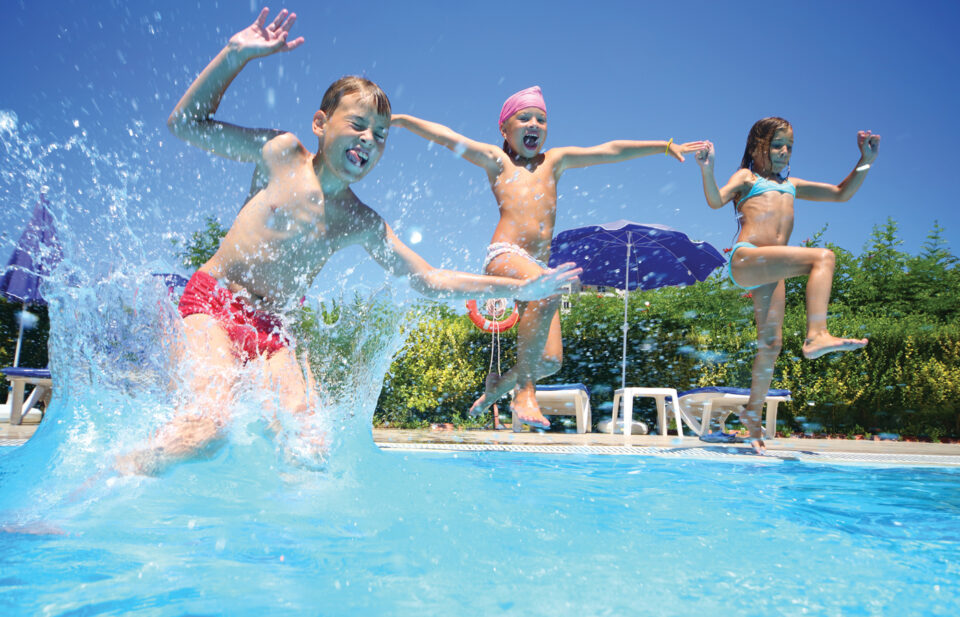With summer underway, safety experts at Cincinnati Children’s Hospital are highlighting the importance of water safety.
“Children can drown in even the smallest body of water, including toilets, decorative fountains, portable pools, buckets and bath tubs,” says Wendy Pomerantz, M.D., an emergency physician at Cincinnati Children’s.
Drowning continues to be the second leading cause of injury-related death for children ages 1 – 18.
Pomerantz and the American Academy of Pediatrics give the following tips on how children can stay safe while playing and swimming around water:
- All caregivers should learn CPR.
- Never leave a toy in or around a pool.
- Never leave children alone in or near a bathtub, even for a minute. There are no “bath seats” that are proven be safe and not result in drownings.
- Never leave children alone in or near the pool; this includes inflatable and other children’s pools. An adult should be within arm’s length, providing “touch supervision.”
- Swimming lessons are recommended for children ages 1-4 years. New studies suggest that these children may be less likely to drown if they have had swimming lessons. Teaching your child how to swim DOES NOT guarantee your child is safe in water.
- Make sure there is a telephone by the pool in case of an emergency.
- If you use an inflatable or plastic pool, make sure you dump the water out of the pool after each use and turn the pool upside down when finished.
- Install a fence at least four-feet high around all four sides of the pool. Four-sided fences can cut the drowning risk in half. Pool covers and pool alarms are not a substitute for fencing.
- Make sure pool gates self-close and self-latch at a height small children can’t reach.
- Keep rescue equipment nearby, including a shepherd’s hook (a long pole with a hook on the end) and a life preserver.
- Avoid inflatable swimming aids such as “floaties.” They are not a substitute for approved life vests and can give children a false sense of security.
- Teach children to never run, push or jump on others around water.
- Teach children never to swim alone.
- Counsel teenagers about the increased risk of drowning when alcohol is involved.





